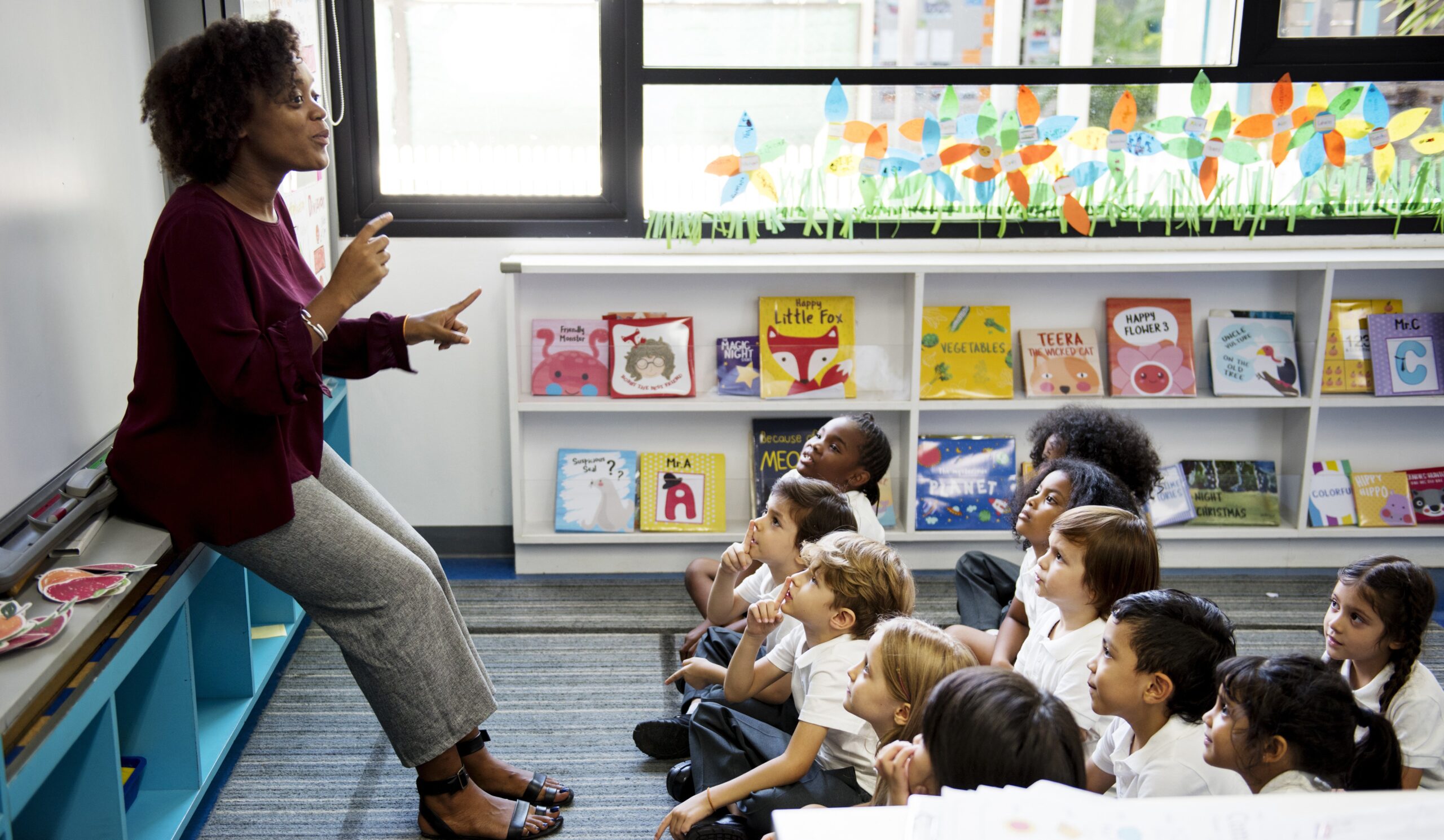Early last fall, I had the opportunity to sit with a team of sixth grade teachers at a middle school serving a large number of low-income Latino and African American students. Many of those students were at least two grade levels behind in reading. Their low literacy levels were wreaking havoc on their ability to learn content, engage in higher-level thinking, and build background knowledge.
A year earlier, in their PLC, this team decided that the solution was to use culturally responsive teaching (CRT) as a way to improve student learning and increase achievement.
When I visited with them, they were a bit perplexed why things hadn’t changed, because they’d instituted fun “call and response” chants at the beginning of class and created multicultural bulletin boards about music from different cultures and social justice topics. They’d spent time having “courageous conversations” about implicit bias. They’d tried this for a year, but reading scores didn’t improve and they couldn’t understand why.
We spent the afternoon unpacking their theory of action and it became clear very quickly that how they were defining culturally responsive teaching was off, and had taken them in a direction that wouldn’t lead to their desired outcome.
Culturally responsive teaching is all the rage in education these days and just like this team, everyone is looking to it to quickly close achievement gaps. Unfortunately, we’re still operating from misconceptions about CRT. Too often, it’s presented as a “bucket of engagement strategies,” because we think it’s all about raising student self-esteem. Others will say it’s all about relationships.
In reality, the purpose of culturally responsive pedagogy is to help traditionally marginalized and under-served students become empowered, independent learners. But we confuse cultural responsiveness with simple multiculturalism to “honor diversity,” rather than associate it with building students’ thinking skills. If educators continue to confuse the purpose and process of culturally responsive pedagogy, then we’ll never realize its full potential to create more equitable outcomes.
In reality, CRT is a multi-pronged approach that consists of teacher mindsets and moves that help students build their capacity to grow and flex their brain power over time. The question I get most often is: If it is multi-pronged, then where do I start?
Most people try to start with the “culture” part — that’s what leads to the default focus on multiculturalism. I say start with becoming more responsive — building rapport, getting to know students as people. While you will want to bring in elements of culture (and we define that so that it’s observable and actionable), first humanize your interactions with diverse students who are struggling or feel like school is a hostile place.
Culturally Responsive Teaching and the Brain
In Culturally Responsive Teaching and The Brain: Promoting Authentic Engagement and Rigor Among Culturally and Linguistically Diverse Students, I share the social neuroscience that emphasizes the need to get the learner’s brain calm and ready for learning. And that begins with re-building trust between teacher and student, rather than assuming the student isn’t motivated and needs a “pep talk.”
While you’re building your understanding of the other components of culturally responsive teaching, start with establishing an authentic, human connection with your students built on personal warmth — one of the hallmarks of a warm demander. Learn more about the social neuroscience behind relationship building.
Tch Teamsfest
During our pre-conference seminar at Tch Teamsfest, we’ll have a chance to build our understanding of how this element — humanizing our relationships — lays the foundation for improving students’ information processing skills and builds their academic mindset. We’ll unpack the cultural connection as well, so check out our podcast to get a teaser.
As you’re learning to be a culturally responsive practitioner, begin with becoming more responsive to build trust. You’ll need every ounce of it to take the learner into his zone of proximal development.






